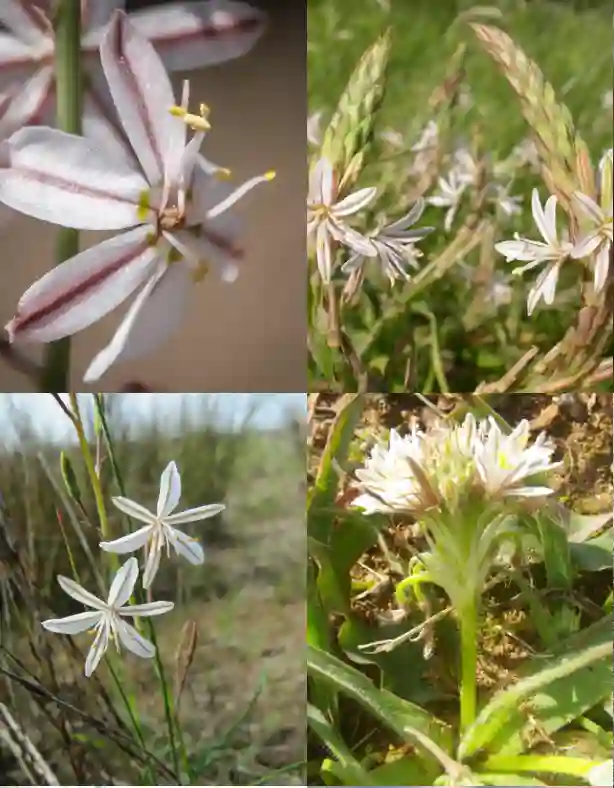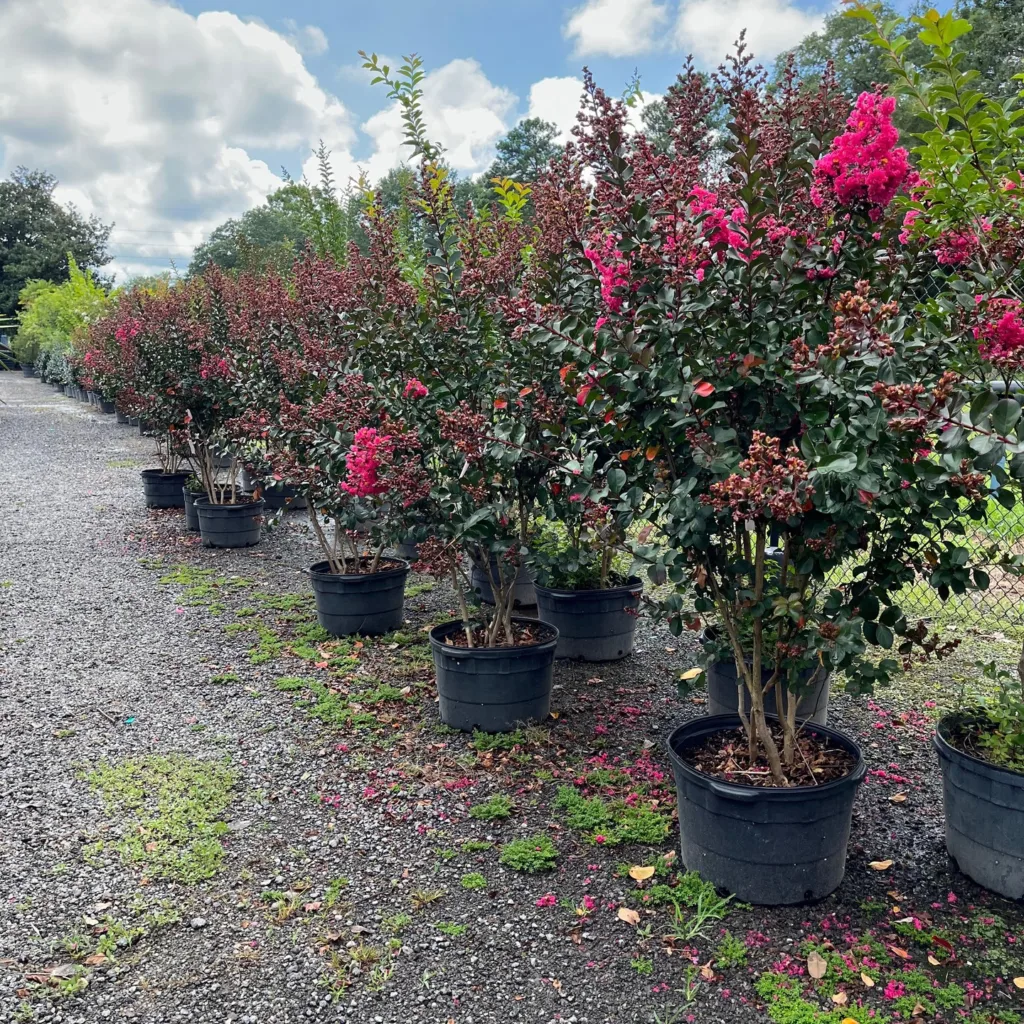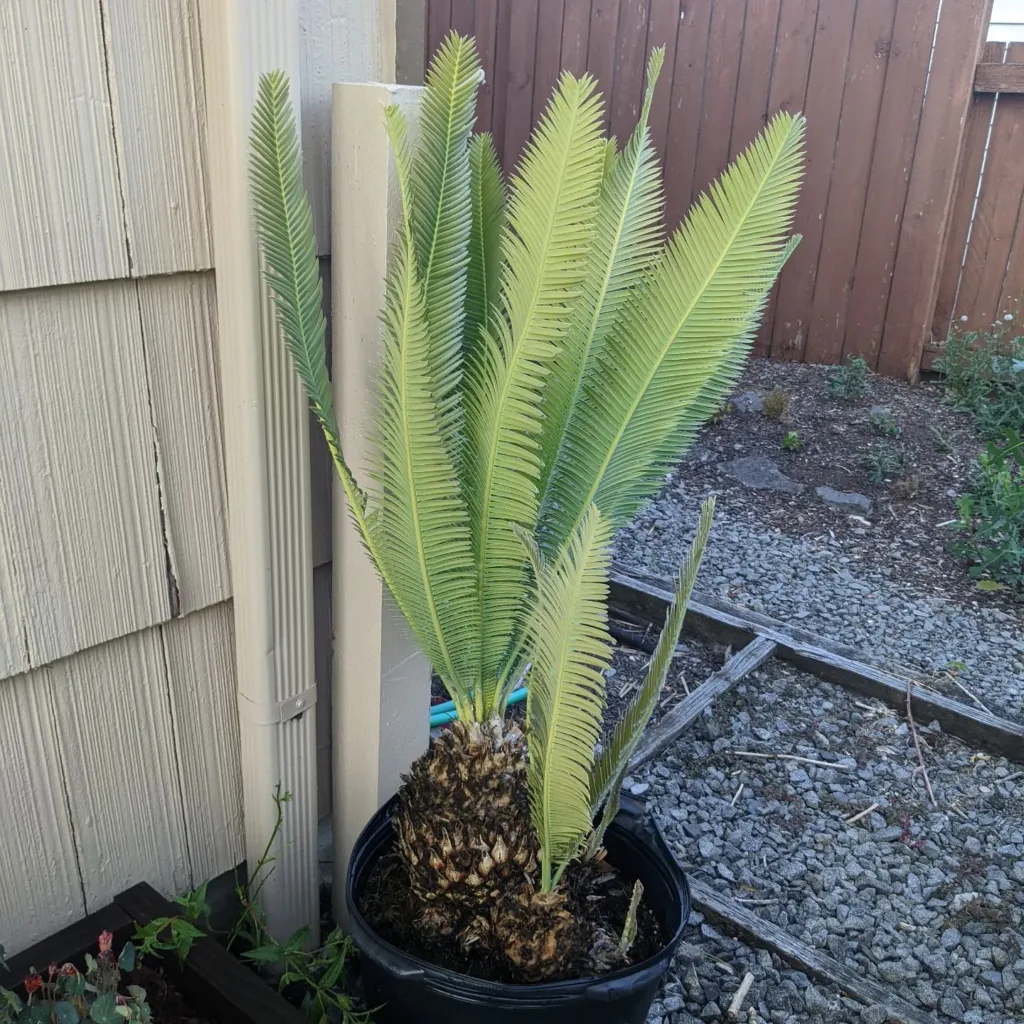FAQs About Clematis Occidentalis
As a passionate gardener, I’ve always been drawn to unique plants that add character to my garden. One such gem is Clematis Occidentalis, a striking perennial that deserves more attention. Here, I’ll address some frequently asked questions about this captivating plant, drawing from my own experiences and insights.
391 Species in Genus Clematis
What Is Clematis Occidentalis?
Clematis Occidentalis, commonly known as Western Clematis, is a native flowering vine that thrives in North America. With its delicate, nodding white or cream flowers and feathery seed heads, it brings elegance to any garden. This vine can grow up to 10-15 feet, making it perfect for trellises, fences, or even as ground cover in the right conditions. Its natural habitat includes moist, woodland areas, which is essential to understand for optimal growth.
How to Care for Clematis Occidentalis?
Caring for Clematis Occidentalis is relatively straightforward, especially if you know its basic needs. Here are some essential tips based on my personal experience:
- Sunlight: This plant thrives in full sun to partial shade. I’ve found that a location with morning sun and afternoon shade works best, as it prevents the soil from drying out too quickly.
- Soil: Well-drained, fertile soil is crucial. I usually amend my garden soil with compost to improve drainage and nutrient content. Aim for a slightly acidic to neutral pH for optimal growth.
- Watering: Regular watering is key, especially during the establishment phase. I water deeply once a week, ensuring the soil remains consistently moist but not soggy.
- Pruning: I prune my Clematis Occidentalis in early spring to promote healthy growth and flowering. I cut back dead or weak stems to encourage new growth.
How to Propagate Clematis Occidentalis?
Propagation is a rewarding aspect of gardening, and Clematis Occidentalis can be easily propagated through seeds or cuttings. Here’s what I’ve done:
- Seeds: Collect seeds from mature plants in late summer or early fall. I’ve soaked them in water for a day before planting, as this mimics natural conditions. Then, I plant them in a cold frame or directly in the garden after the last frost.
- Cuttings: I take softwood cuttings in late spring or early summer. Using a sharp, sterilized tool, I cut a few inches below a leaf node, dip the end in rooting hormone, and plant it in a well-draining potting mix. I keep the cuttings moist and covered with a plastic bag until roots develop.
What to Plant with Clematis Occidentalis?
Companion planting enhances the beauty and health of a garden. I often pair Clematis Occidentalis with climbing roses or other vines, as their contrasting colors and textures create a stunning visual effect. Consider also planting it near shrubs like Hydrangeas or ornamental grasses to provide a layered look.
Is Clematis Occidentalis Toxic?
One common concern among gardeners is plant toxicity. Thankfully, Clematis Occidentalis is considered non-toxic to humans and pets. However, it’s always wise to supervise pets around garden plants to prevent any potential nibbling.
Benefits of Clematis Occidentalis
Clematis Occidentalis isn’t just beautiful; it also offers several benefits:
- Wildlife Attraction: This vine attracts pollinators like bees and butterflies, making it a great addition to a wildlife garden. I’ve noticed an increase in beneficial insects since I added this plant to my landscape.
- Erosion Control: Its extensive root system helps prevent soil erosion, especially on slopes or loose soils. I’ve found it beneficial in stabilizing my garden beds.
- Seasonal Interest: The flowers bloom in late spring to early summer, while the fluffy seed heads add visual interest throughout the fall and winter months.
Common Problems with Clematis Occidentalis
While generally hardy, Clematis Occidentalis can face a few issues:
- Powdery Mildew: This fungal disease can occur in humid conditions. I combat it by ensuring proper airflow and avoiding overhead watering.
- Pests: Watch for aphids and spider mites. I use insecticidal soap when I spot these pests to keep them in check.
Compare with Other Clematis Varieties
Clematis Occidentalis is often confused with other clematis species. For instance, it differs from Clematis Viticella, which has more vibrant flowers and is more tolerant of pruning. Understanding these distinctions helps me choose the right clematis for my garden’s needs.
Conclusion
Clematis Occidentalis is a remarkable plant that can enhance any garden with its beauty and ecological benefits. By following the care tips and being mindful of common issues, I’ve been able to enjoy this lovely vine year after year. If you’re looking to add a unique touch to your garden, I highly recommend giving this native clematis a try!
If i die, water my plants!



